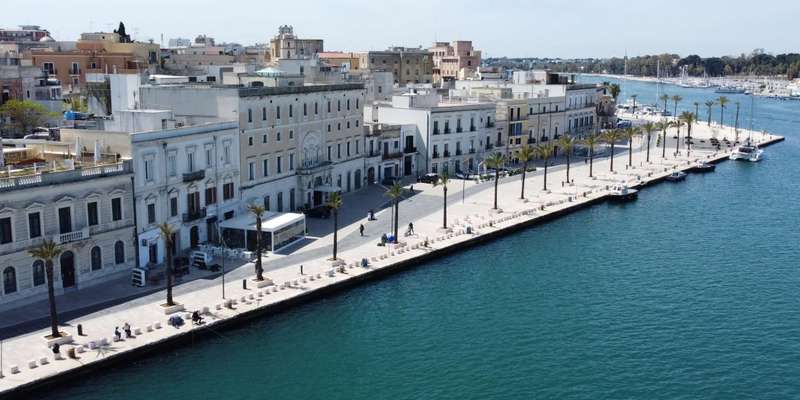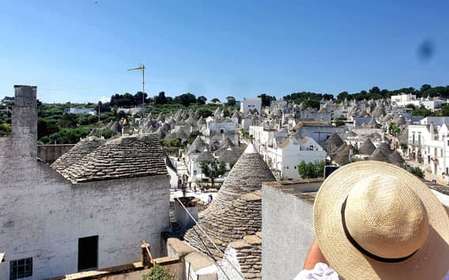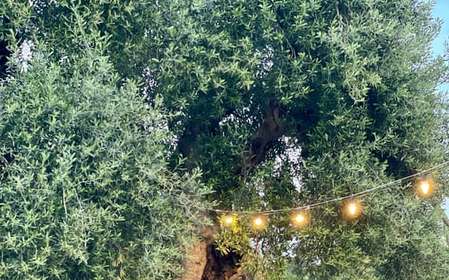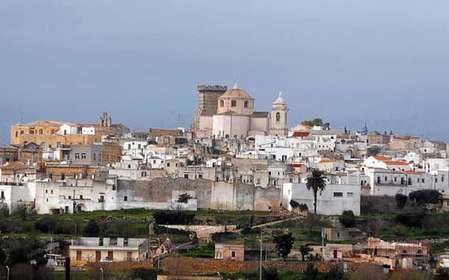- Home
- Useful Tips
- Brindisi archaeological sites
Brindisi's archaeological treasures remain frustratingly elusive for most visitors. While 78% of Mediterranean cruise passengers stop in this historic port, fewer than 30% discover anything beyond the crowded Roman columns near the harbor. The challenge lies in fragmented site locations, limited English signage, and conflicting opening hours that turn what should be awe-inspiring encounters with 2,300-year-old ruins into stressful scavenger hunts. Families often waste precious vacation time circling backstreets searching for the underground Trajan-era warehouses, while history buffs miss key details about the Messapian civilization due to poorly marked exhibits. This disconnect matters because Brindisi served as Rome's gateway to the East - its layered ruins tell stories of Greek colonists, Byzantine traders, and Norman conquerors that shaped Southern Italy's identity.


Navigating Brindisi's scattered ruins without a map
The city's archaeological sites suffer from what locals call 'hidden in plain sight' syndrome. Unlike compact sites like Pompeii, Brindisi's ruins span seven disconnected locations across modern neighborhoods. The Roman columns on Via Colonne mark just one fragment of the ancient port complex - most visitors never find the nearby Temple of San Giovanni al Sepolcro with its rare medieval frescoes. A little-known trick is to follow the 'Pietre di Brindisi' markers, stone plaques with ancient ship carvings that form a subtle trail between sites. Early mornings (before 9am) offer cooler temperatures and softer light for photographing the Palazzo Granafei-Nervegna's excavated Roman floor mosaics without crowds. Keep small euro coins handy - several key sites like the Diocesan Museum's underground crypt require €1-2 turnstile payments that catch many unprepared.
Decoding Brindisi's layered history like an archaeologist
What appears as random stone fragments tells a 2,500-year story when you know where to look. The Archaeological Museum's ground floor focuses on the Messapians - Brindisi's pre-Roman inhabitants - with bilingual stele that most visitors rush past. Local guides emphasize the 'three harbor rule': the visible Roman columns marked the ceremonial entrance, while functional docks (now underwater) extended west toward the current fish market. Look for pockmarks on limestone blocks near Lungomare Regina Margherita - these are ancient rope grooves from ships tying up. The recently restored Santa Teresa dei Maschi church courtyard hides a surprise: reused Roman column drums with visible quarry marks. For true enthusiasts, the Provincial Library archives contain 18th-century sketches of now-lost Byzantine fortifications - ask politely and staff may show you reproductions.
Secret access points to beat the crowds
Brindisi's cruise ship schedules create predictable rushes at major sites that savvy travelers can avoid. When multiple ships dock (check the port authority's online calendar), head first to the lesser-known San Pietro degli Schiavoni archaeological area beneath a modern bank building - its underground Roman baths rarely have queues. The city offers free twilight access to the Roman columns on summer Fridays until 10pm, when dramatic lighting reveals details missed in daytime visits. Locals know the back entrance to the Archaeological Museum through the Palazzo Nervegna often has shorter lines than the main door. If visiting in July-August, the nearby town of Mesagne (25 minutes by bus) offers an air-conditioned alternative with remarkably preserved Messapian walls and a fraction of Brindisi's visitor numbers.
Turning fragmented visits into a cohesive story
The key to appreciating Brindisi's archaeological puzzle lies in understanding its role as ancient Rome's second busiest port. Start at the Maritime Museum to grasp the shipping routes that made this city crucial, then trace how each civilization left its mark: Greek ship carvings at the Roman columns, Byzantine modifications at the San Leucio church, and Norman reinforcements in the castle walls. A little-known walking route follows the original Roman decumanus (main street) from Porta Mesagne past five significant but overlooked sites. Local archaeologists recommend focusing on one material per visit - follow travertine stone to see how Romans reused Greek blocks, or track decorative marble fragments to understand imperial trade networks. These approaches transform what could feel like disconnected ruins into chapters of a living history book.



